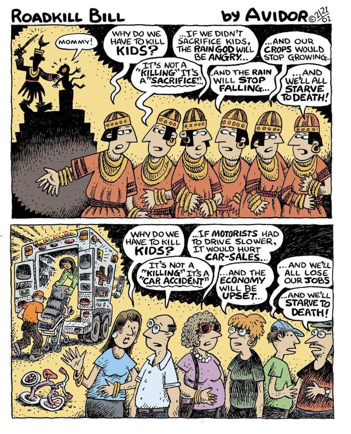
It is not easy to fix the historical mistake to let cars dominate public space. But #Catharijnesingel (Utrecht) shows that cities can heal from the inflicted wounds. 



Design for the city you want to be.
Not for the traffic you have (or that modelers 'predict')
(pics via @NLinSF)

Not for the traffic you have (or that modelers 'predict')
(pics via @NLinSF)


How Catharijnesingel changed twice in five decades. Two monumental efforts that followed different dreams. What did we learn? 

• • •
Missing some Tweet in this thread? You can try to
force a refresh

























